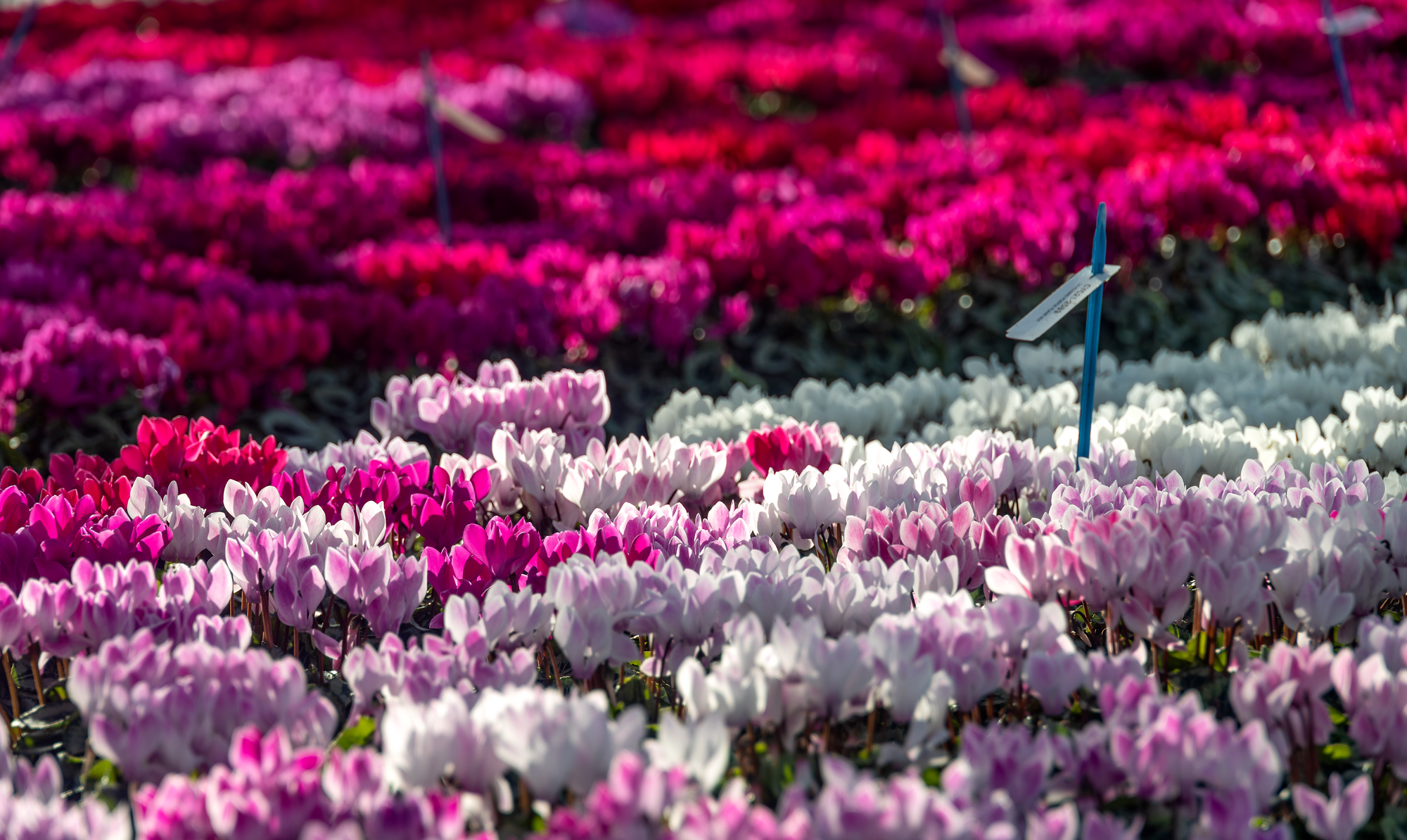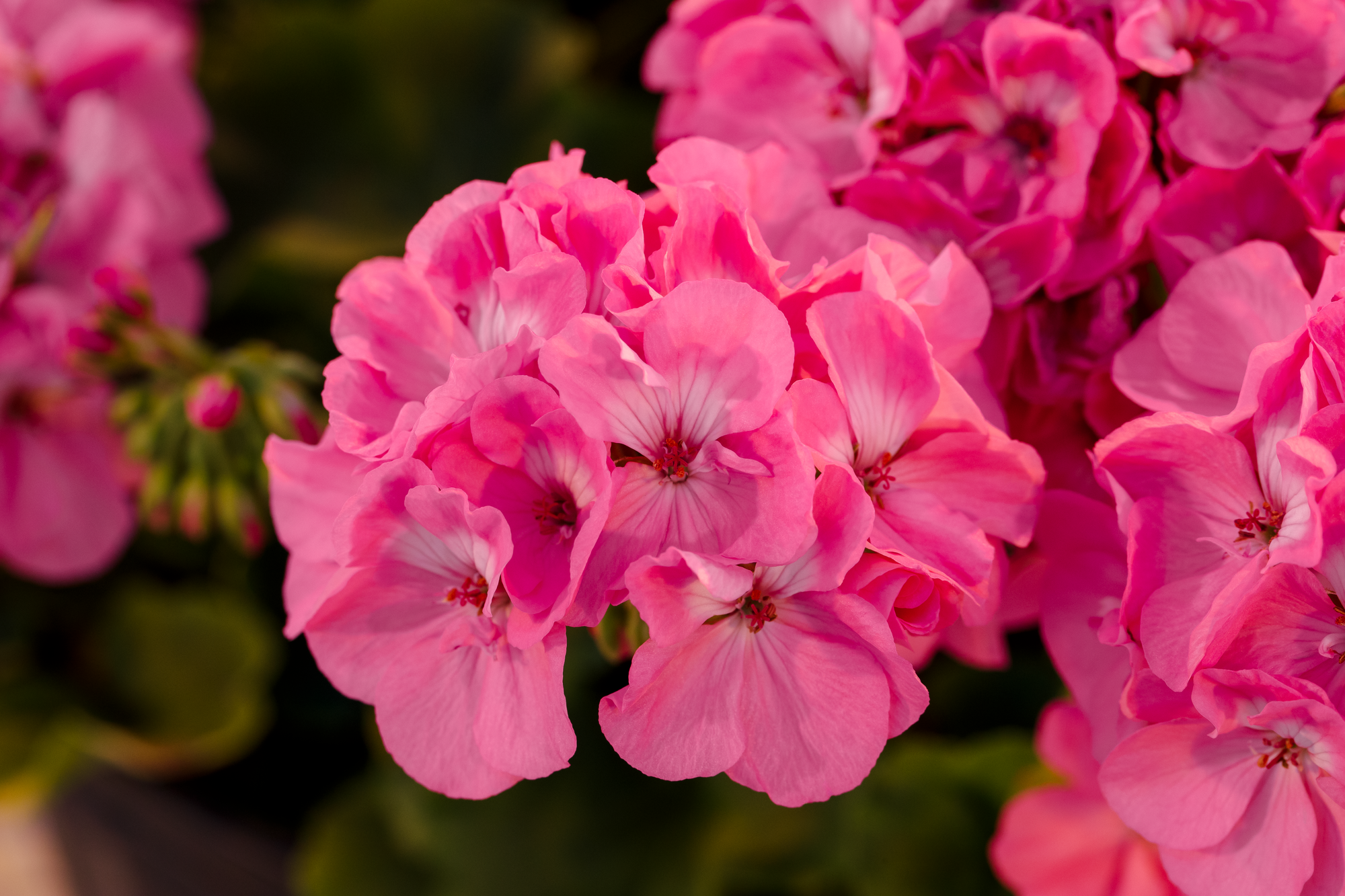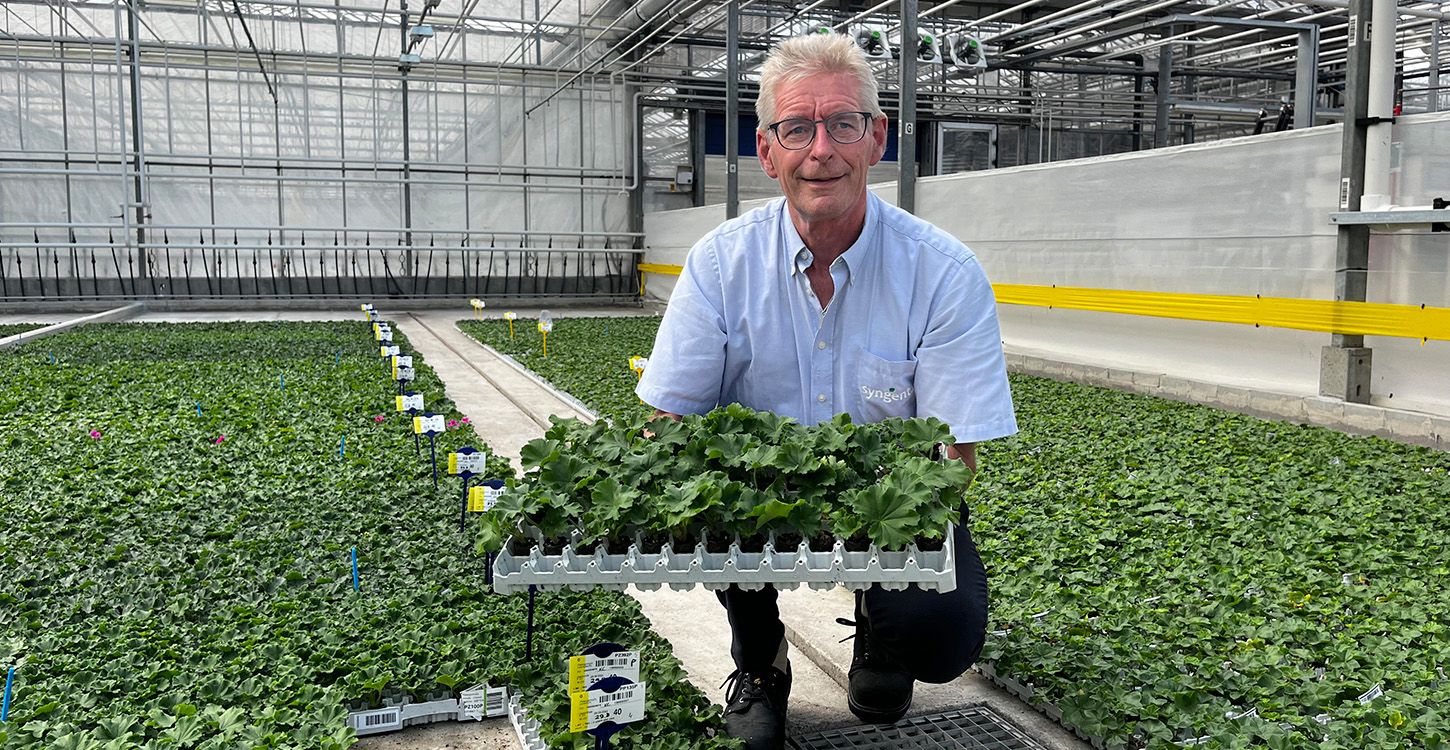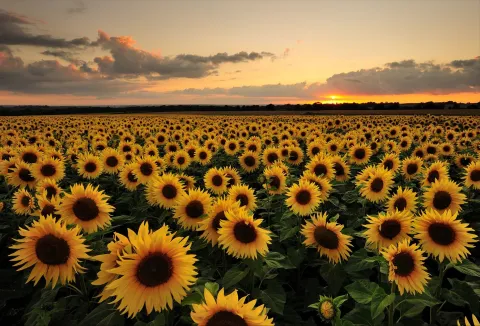Sustainable soils
Moving towards peat-free plant production

It takes 1,000 years for one meter of peat to form, and a matter of moments to dig it up. Once extracted, the unique biodiversity of this precious habitat is gone forever. But the effect on the wider environment will be felt for generations.
Home to rare plants, birds and insects, these wetlands comprise dead and decaying plants. The waterlogged conditions mean that decomposition is incredibly slow and, ultimately, incomplete. This allows peat to accumulate.
Thanks to its ability to aerate soil and help retain moisture, peat has long been a sought-after product in horticulture and agriculture. But this is changing, not least because peat extraction releases carbon dioxide, accelerating climate change. In addition, peatlands play a pivotal role in absorbing excess rainfall, helping to prevent localized flooding.
With a global push to reduce our reliance on peat, and country-wide bans starting to come into effect, the move towards peat-free plant production is gathering pace. At the forefront is innovative work by propagators and breeders, including Syngenta Flowers which recently announced it is no longer using peat in pelargonium plug plants. At the same time, the company has significantly reduced the usage of peat in the production of cyclamen and other crops.
Piet van Marrewijk is Project Manager Young Plant Production at Syngenta Flowers.
Piet van Marrewijk is Project Manager Young Plant Production at Syngenta Flowers.
“Growers in various countries are requesting peat-free or peat-reduced materials,” says Piet van Marrewijk, Project Manager Young Plant Production at Syngenta Flowers. “So, we started a discussion with a few of our suppliers of peat mixtures and asked them what alternatives were available.”
Research began on peat alternatives in 2021 as countries around the world began to consider legislation targeted at reducing peat usage in agricultural production.
In large part, the initial conversations were driven by commercial growers in the UK who, mindful of future legislation banning peat use, were keen to find another growing medium. Then, at the end of 2022, several Dutch institutions, including the Dutch Government and the horticulture sector, agreed to use less peat in potting soil. Meanwhile, in spring 2024, peat extraction was banned in Chile. While a ban for both amateur and professional growers has yet to be implemented in Britain, the Government has committed to removing the product from sale.
What’s the alternative?
With environmental stewardship at the top of the climate change agenda and sustainable business practices on the rise, more countries are likely to step up their protection of peatlands. These wetland ecosystems occur all over the world, covering more than four million km2, and sequester more carbon than any other kind of terrestrial ecosystem. In the UK alone, peatlands store 3.2 billion tons of carbon.
Needless to say, finding a replacement for this precious material wasn’t straightforward. Back in 2021, van Marrewijk and his colleagues in the Netherlands began testing other substances as an alternative to using peat, including cocopeat, wood fibers and bark, focusing on ornamental flower cuttings and young plant production. In some instances, the plugs for various species were already 20-30 percent peat-free, making the next steps easier. In other cases, it took longer to reduce the peat content.
By 2022, the first peat-free young plant production trials had begun, and, at the beginning of 2024, the first pelargonium young plants from seeds were commercially produced in peat-free plugs, and most cutting crops in peat-reduced plugs.
Today, all Syngenta pelargoniums from seed and cuttings are in peat-free plugs, almost all annual cuttings, and a big part of the seed crop for cyclamen is in peat-free plugs.
Van Marrewijk says: “In fact, when you look to our cuttings assortment, already a big part has moved to peat-free, except for the perennial assortment. But we are working on that and hope to find the solution for the perennial young plants from cuttings within a couple of months or so. And for seed crops, it will take some more time.”
Regarding peat-free young plant production, van Marrewijk says that, one year ago, “we didn’t expect to be so far along already, especially for the cutting crops, but were able to accelerate our efforts due to extensive data from previous trials”.
He adds: “We are happy with our success so far.”


Growing protocols
However, van Marrewijk cautions that professional and domestic growers should be aware that plants grown in peat alternatives need a different approach.
“When substrates don’t contain any peat and so less buffer, that influences water management, fertilization management, etc. It’s very important that people are informed that they can expect to water and fertilize in different ways if they have plants in other substrates.”
Plants in peat alternatives require different watering and fertilizing strategies. Growers should be prepared to adapt cultivation practices for optimal results.
Looking to the future, van Marrewijk acknowledges that there will be challenges in the transition. He says: “I expect that, in the coming few years, we will move more products to peat-free. But I imagine that there will be certain species where it’s still difficult or impossible at this moment to go peat-free.”
However, he says that the peat-free search is “the highest priority in our research activity” and “we will continue working on moving to peat-free”, highlighting the promise of a greener future for the horticultural industry.


